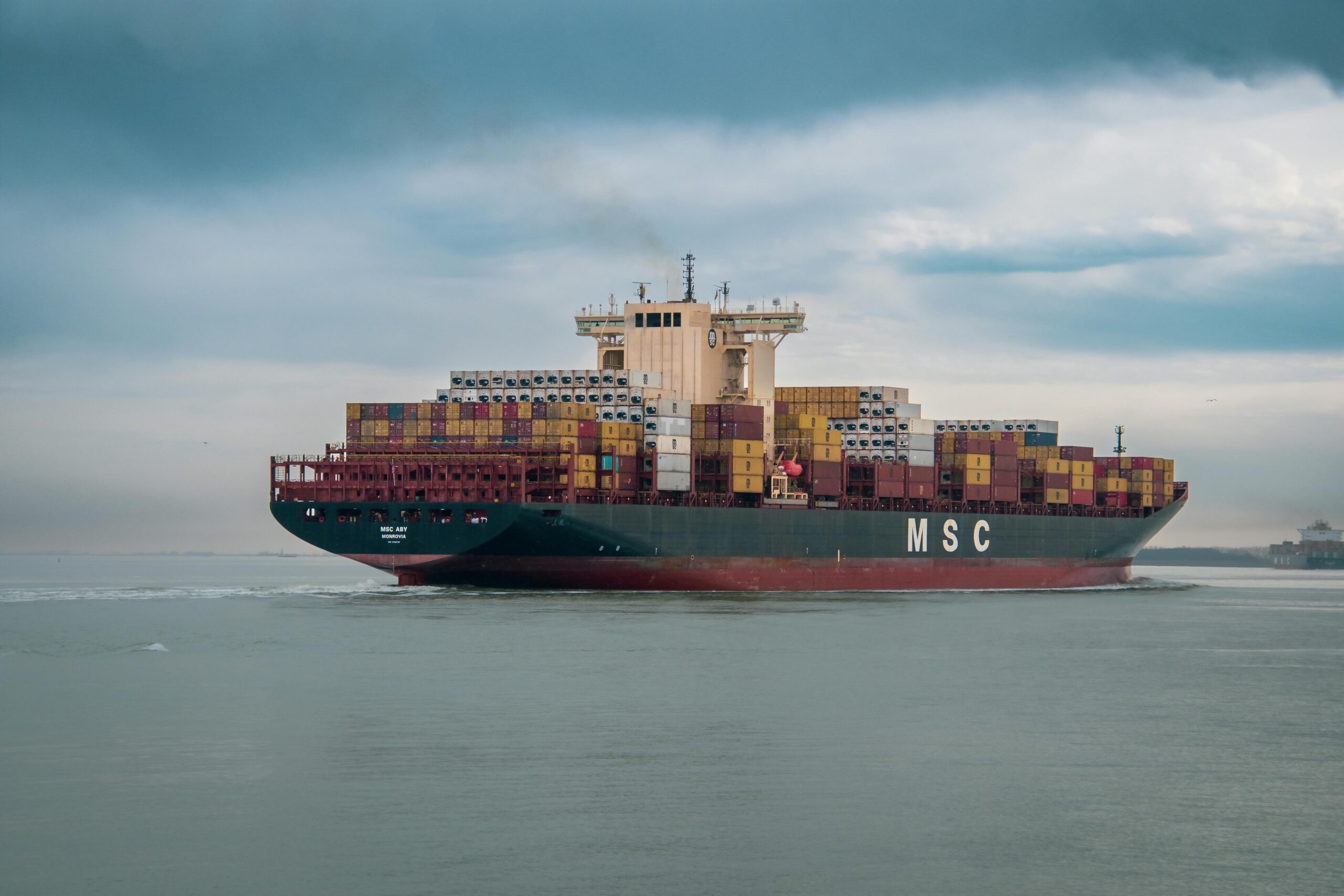
Canadian Prime Minister Mark Carney has expressed “disappointment” over a newly increased tariff on certain exports to the United States. In a move that escalates the ongoing trade dispute, U.S. President Donald Trump boosted the tariff rate on some Canadian goods from 25% to 35%. He justified the decision by stating that Canada had “failed to cooperate” in curbing the flow of fentanyl and other illicit drugs across the border. The Canadian government maintains it is actively working to crack down on drug gangs.
However, a significant majority of goods from Canada will not be subject to the new tariffs due to existing exemptions under the United States-Mexico-Canada Agreement (USMCA). According to the Royal Bank of Canada, this includes nearly 90% of Canadian goods imported into the U.S., such as fresh produce, energy exports, and many industrial products. Certain imports like dairy products, wood, and leather, however, may still face tariffs depending on the outcome of future negotiations.
A Global Tariff Expansion
President Trump also announced new, sweeping tariffs on dozens of other countries, continuing his mission to reshape global trade. The White House, in a series of orders, has imposed new import taxes ranging from 10% to 50% on goods from most of the world. White House press secretary Karoline Leavitt defended the policy, stating that Trump was “proving the so-called economic experts wrong at every turn” and was “rebuilding the greatest economy in the history of the world.”
The new tariffs will take effect for most affected countries in seven days. Goods loaded onto ships by August 7 or already in transit will be exempted if they reach the U.S. before October 5. Few nations were spared from the latest list of tariff rates, with even smaller economies like Vanuatu and Papua New Guinea receiving a 15% duty. Nations not specifically listed will face a baseline duty of 10%.
Canada-Mexico Negotiations
While Mexico was given a 90-day extension to keep its current tariff rates, avoiding a similar increase to 35%, senior White House officials indicated that Canadian negotiators were less “constructive” in their discussions than their Mexican counterparts, leading to the higher tariff on Ottawa.
President Trump has cited reasons beyond trade to justify the higher rates on one of America’s closest trading partners. Earlier in the week, Prime Minister Carney had said Canada would consider recognizing a Palestinian state under certain conditions, a move Trump said would make a trade deal “very hard.” The White House statement on Thursday also cited Canada’s alleged failure to curb the “flood of fentanyl and other illicit drugs” as a key reason for the tariff increase.
Prime Minister Carney, however, pointed out that Canada accounts for only about 1% of fentanyl imports into the U.S. and has made “historic investments” in cracking down on drug gangs. Former Canadian international trade minister Mary Ng emphasized that the tariffs would push Canada to seek out new trade partners, noting the country’s need to reduce its “overdependence on the United States.”
Tariffs Impacting Asia and Europe
The tariffs have had a significant impact on Asian countries. India and Taiwan, two major U.S. trading partners in the region, were hit with levies of 25% and 20% respectively. Taiwan’s President Lai Ching-te called the tariff “temporary” and vowed to continue talks for a deal. Laos, a small Southeast Asian nation, received the second-highest rate in this round of tariffs at 40%, just behind Syria’s 41%.
A deal was reached with South Korea, which will face a lower 15% tariff in exchange for investment in the U.S. and other concessions.
The escalating tariffs were months in the making, beginning with Trump’s “reciprocal” tariffs announced in April, which he said would rebalance trade flows. While some of the more severe initial measures were suspended to allow for negotiations, many countries, including Switzerland, were unable to strike a favorable deal. Swiss President Karin Keller-Sutter’s last-minute phone call with Trump ended without an accord, and Switzerland was ultimately hit with a 39% tariff.
What The Author Thinks
The Trump administration’s use of tariffs as a tool for both economic and geopolitical leverage marks a significant departure from traditional U.S. foreign policy. The imposition of high duties on allies like Canada and Switzerland, often tied to non-trade issues like drug control and foreign policy stances, suggests a new, highly transactional approach to international relations. This strategy, while aiming to reduce trade deficits and incentivize domestic production, could ultimately destabilize global supply chains and alienate key partners. The resulting uncertainty and retaliatory measures from other nations could have long-term consequences for the global economy and America’s place within it.
Featured image credit: Fred dendoktoor via Pexels
For more stories like it, click the +Follow button at the top of this page to follow us.
